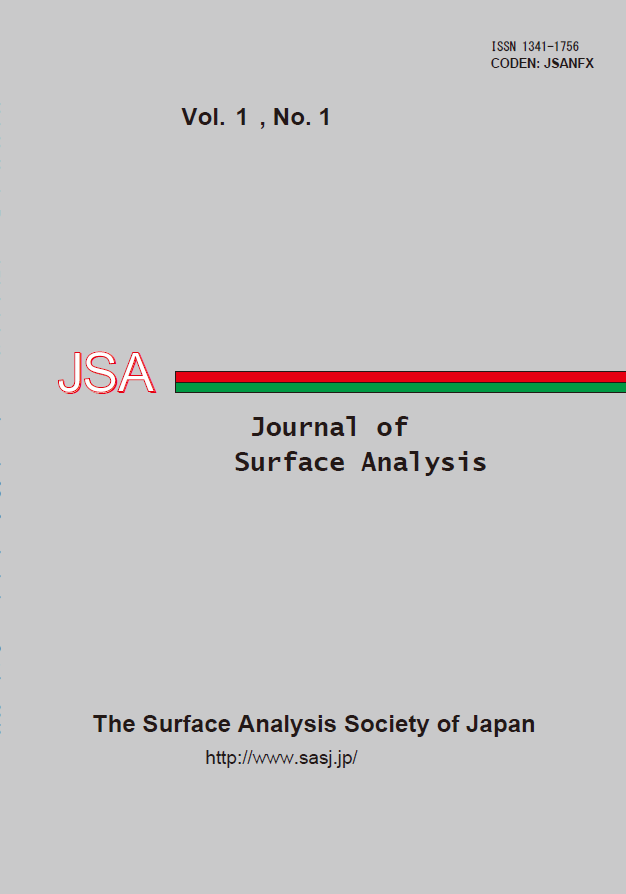Volume 9, Issue 4
Displaying 1-5 of 5 articles from this issue
- |<
- <
- 1
- >
- >|
Papers
-
Article type: Others
Subject area: Others
2002 Volume 9 Issue 4 Pages 488-500
Published: 2002
Released on J-STAGE: July 31, 2003
Download PDF (521K) -
Article type: Others
Subject area: Others
2002 Volume 9 Issue 4 Pages 501-509
Published: 2002
Released on J-STAGE: July 31, 2003
Download PDF (317K) -
Article type: Others
Subject area: Others
2002 Volume 9 Issue 4 Pages 510-513
Published: 2002
Released on J-STAGE: July 31, 2003
Download PDF (196K) -
Article type: Others
Subject area: Others
2002 Volume 9 Issue 4 Pages 514-523
Published: 2002
Released on J-STAGE: July 31, 2003
Download PDF (143K)
Notes
-
Article type: Others
Subject area: Others
2002 Volume 9 Issue 4 Pages 524-526
Published: 2002
Released on J-STAGE: July 31, 2003
Download PDF (30K)
- |<
- <
- 1
- >
- >|
